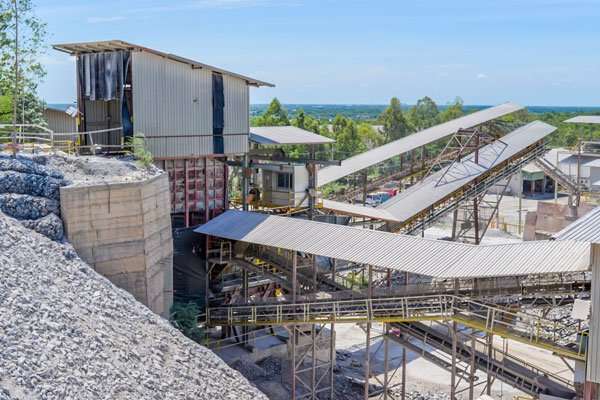Navigating New Regulations in the Lime Industry: Key Insights from IAC

Hi, Joe here from IAC. As we gear up for the National Lime Association (NLA) Meeting this June, there are several critical developments in the lime industry that we’re focusing on. Here are five key points we want to highlight:
1. Compliance Timing for Respiratory Silica Regulation
On April 18, 2024 MSHA issued its final rule, Lowering Miners' Exposure to Respirable Crystalline Silica and Improving Respiratory Protection. One of the major updates is the extended compliance date for the respiratory crystalline silica (RSC) regulation, now pushed out to 2026. This extension gives Lime industry companies two additional years to meet the necessary requirements, a much-needed reprieve to ensure thorough preparation and implementation.
2. New Exposure Levels for RSC
There have been significant changes to the permissible exposure limit (PEL) for respirable crystalline silica (RSC). The new limits are set at 50 micrograms per cubic meter of air (µg/m3) for a full shift, calculated as an 8-hour time-weighted average (TWA) for all miners, and 25 micrograms of air (µg/m3) per cubic meter as an actionable exposure level. These stricter limits necessitate more rigorous monitoring and control measures to ensure workplace safety.
3. Resources Required for Compliance
Meeting the new RSC regulations and greenhouse gas limitations requires substantial resources. This encompasses everything from developing comprehensive respiratory programs and investing in new personal protective equipment (PPE) that reflect the latest advances in respiratory protection technologies and practices, to conducting inspections and emissions monitoring. Engineered controls, such as Dry Sorbent Injection (DSI) systems with or without new baghouse equipment, are also crucial for compliance.
4. Determining Regulatory Oversight: MSHA or OSHA?
A critical consideration for many lime quarry and production sites is determining the appropriate regulatory oversight. Depending on specific site operations, facilities may fall under the Mine Safety and Health Administration (MSHA), the Occupational Safety and Health Administration (OSHA), or both. This distinction is vital for compliance and operational planning.
5. How IAC Can Help
At IAC, we are committed to supporting you through these regulatory changes. We offer rental and permanent DSI (direct sorbent injection) equipment, site inspections, replacement parts, and comprehensive solutions and action plans for managing airborne particulates and limiting respirable crystalline silica (RSC) dust exposure. Our team is ready to discuss how we can assist you in meeting these new standards at the NLA meeting in June.
I'm Joe from IAC – we're here to help! Please reach out to us to learn more about how we can support your compliance efforts and improve your operations. Thanks!



